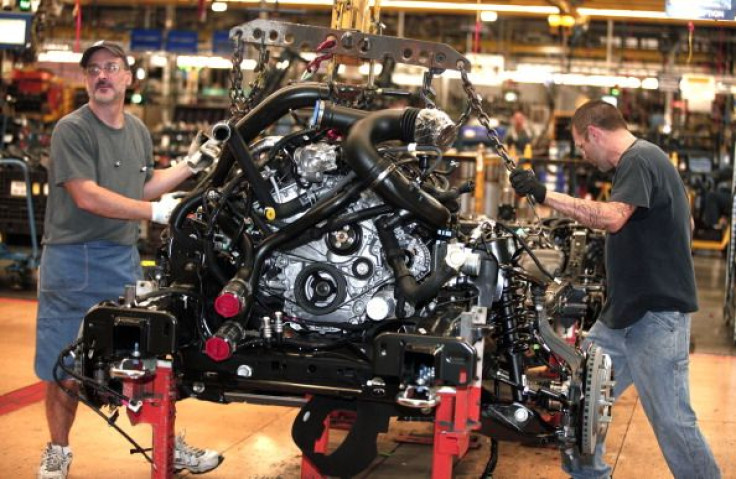U.S. Manufacturing Boom Ongoing But Senators Urge Continued Support For Needed Education And Infrastructure Improvements

A new Senate report released Tuesday morning said the U.S. manufacturing sector has added half a million jobs since 2010 and exports of U.S.-made goods rose 38 percent over that same period.
The "Manufacturing Jobs for the Future" report analyzes legislation designed to sustain recent improvements and strengthen America’s 21st century workforce by expanding access to capital, opening markets abroad and creating necessary conditions for growth.
The Democrat-sponsored report analyzes how to improve employee skills, upgrade a crumbling transportation infrastructure, and ease “outdated and overly complex tax and regulatory systems” that are part of a broader initiative in the Senate led by Delaware Senator Christopher Coons and Minnesota Senator Amy Klobuchar.
“America is a country that innovates, makes things and exports to the world, and manufacturing has long been an engine of economic growth and a key source of good jobs,” Senator Klobuchar said. “This report highlights immediate, bipartisan actions Congress can take to strengthen American manufacturing, from cutting red tape to increasing U.S. exports to boosting science, technology, engineering and mathematics (STEM) education, and I will continue to work to move these initiatives forward so we can move our economy forward.”
Companies that brought production back to the U.S. -- in addition to productivity gains at home and increased foreign labor costs abroad -- have boosted U.S. manufacturing, the report said. So have lower domestic natural gas costs and the plants' proximity to firms' research and development operations.
The manufacturing sector accounts for around 12 percent of U.S. GDP and employs about 12 million people. It's responsible for more than 70 percent of private-sector investment in research and development and employs 60 percent of research and development workers, according to the report. It also generates 90 percent of all U.S. patents.
Manufacturing is the most profitable U.S. industrial sector, returning $1.48 for every $1 spent. The sector has added about 12,000 jobs per month over the past 45 months, with only nine of those months absent a gain. The worst recent run for the sector was March to July of this year, when the sector declined each month.
Manufacturing has added jobs in each of the last four months, however, and the sector posted a nearly 30 percent month-to-month increase from October to November.
In a recent study, 83 percent of manufacturers said they were experiencing moderate to severe shortages of high-skill workers. Nationwide, roughly 600,000 high-skill manufacturing jobs are unfilled. The report goes on to say that the United States needs to increase enrollment in technical education -- and improve science, technology, and engineering and math curricula to fill those jobs.
It also needs to add more women to the workforce.
The report found that while the manufacturing sector gained 554,000 jobs since February 2010, men have gained 565,000 jobs in that time and women have lost 11,000 jobs. That leaves the female share of jobs in manufacturing at 27 percent, its lowest level since 1971.
© Copyright IBTimes 2024. All rights reserved.












